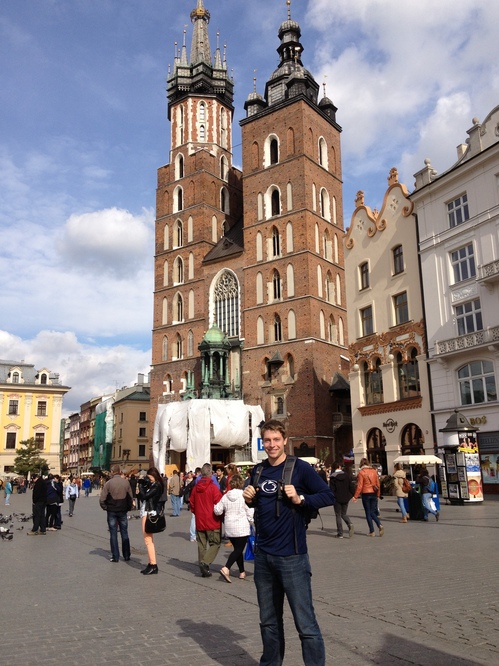Even with intra-Asia tourism on the rise, Western Europe remains a top destination for vacationers. Of the five most visited countries in 2012, three hail from Western Europe: France, Spain, and Italy. France, the single most visited country in the world, drew an estimated 83 million tourists in 2012. To put this figure in perspective, 83 million is roughly 1.25 times larger than the population of France (66 million) and 16 million larger than the same number of tourists drawn to the second place United States.
If one were to expand the tourism rankings to include the top 10 most visited countries in the world, Europe would remain the world’s tourism heavyweight. Coming in at numbers six, seven, eight, and nine, respectively, are Turkey, Germany, the United Kingdom, and Russia.
Perhaps unsurprising is Eastern Europe’s lack of representation on this list. The region’s slow emergence from communist rule, comparatively unstable economies, and heretofore refusal or inability to adopt the euro have dampened prospects for tourism. As a result, just two of the seven European countries to make the list are eastern.
It is for this reason, however, that I jumped at the opportunity to go east. At the risk of sounding too cliche, I prefer to take the path less traveled when given the choice. Through the Institute for the International Education of Students (IES), my host institution in Germany, I had the ability to do just that. On September 21 I left for Vienna, our first destination. The following six days included trips to Budapest and Krakow.
Almost immediately, the region’s eastern vibe became apparent. Thanks to the Habsburg Dynasty’s success in conquering eastern lands, Vienna enjoyed vast wealth for many generations. Annexing neighboring territories brought tax revenue and plunder to Vienna, helping to finance the construction of many of the city’s most famous landmarks.
Today, however, Vienna is a sleepy city of 1.7 million people. Each Sunday, stores and shops around the city close their doors in all but the most touristy districts. In these districts and elsewhere throughout the city are Vienna’s world-famous cafes. Here the Viennese order kaffee und kuchen (coffee and cake), one of the most iconic Viennese past-times. These cafes traditionally serve cappuccinos, sachertorte (a chocolate cake unique to Vienna), and gelato. Other popular Viennese foods include wienerschnitzel and Mozartkugeln (chocolate-coated pistachio balls).
Thanks to Hungary’s historical ties to the Ottoman Empire, it too feels eastern. Beneath my feet was sand, a far cry from the rich brown soil found in Germany and Austria. Perhaps owing to the city’s occupation during the reign of the Ottoman Empire, many of Budapest’s most famous buildings have an eastern flare. For example, St. Stephan’s Church, one of the city’s most visited landmarks, became a mosque when the city was conquered by the Ottoman Turks. The food, while distinctly Hungarian, also bore resemblance to eastern cuisines in that it was often hot and spice-laden.
Krakow, in my opinion the most beautiful of the three cities, still bears the scars of Soviet rule. Entire districts were built in the gray, utilitarian style so particular to Soviet Russia. Fortunately, however, Krakow’s most beautiful monuments and buildings survived both World War II and Soviet rule. A section of the city’s medieval wall is still intact and draws a considerable number of tourists. Along the wall many artists sell their wares, creating a friendly, artistic atmosphere. Just a short walk from the wall is the city’s Jewish Quarter, now a thriving cultural center full of art galleries, museums, and cafes. Also nearby is Wewel, the castle inhabited by generations of Polish royalty.
Though each of the cities exceeded my expectations, Krakow was far and away my favorite. The people there were genuine, friendly, and convivial. As one Polish woman told me, Poland’s history of misfortune at the hands of other imperial dynasties has cultivated a reverence for the present. The Poles celebrate “the here and now” because they do not know if tomorrow will bring war and strife, as it so often has over the course of Polish history. I found this sentiment to be true, as most of the Poles I interacted with were both grounded and warm.
Location: Berlin - Mitte
Loading map...





Dear Ian
Krakow does seem to be a very interesting city. Its great to read your blogs. Keep the good work.
Best
Nimisha(Ed Abroad adviser)